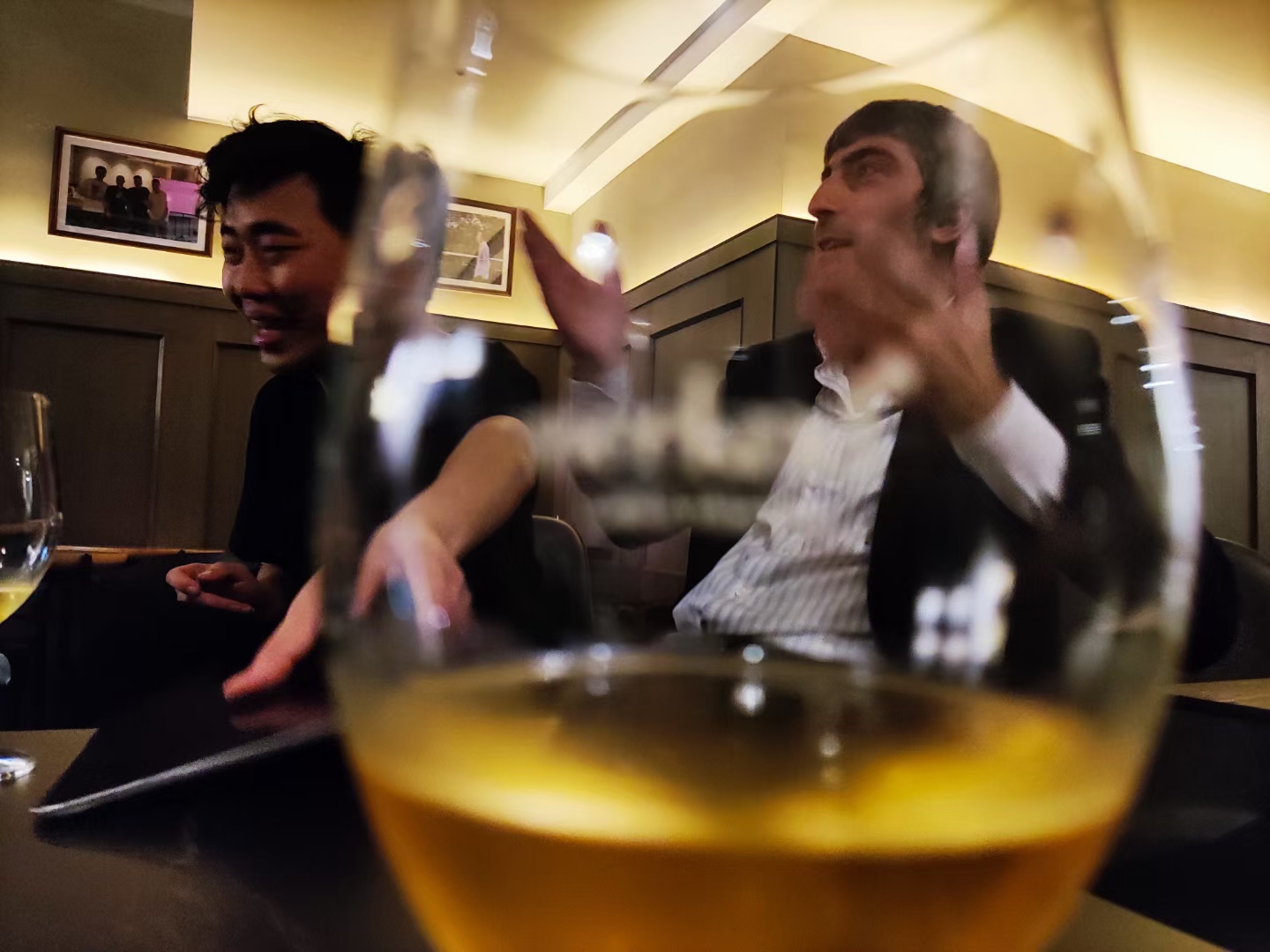I interviewed Simone Incontro, the China rep for Veronafiere and its trade fair Wine to Asia, for a recent Wine Searcher article on the rise of niche wines–‘orange’ wine, pet-nat, natural wine et all–in China. Here are more quotes on everything from consumer trends to the rise of Wine to Asia’s ‘Living Wine’ pavilion.
On the rise of natural wine in 2018 and 2019
In six months to a year, we went from a few natural wine bars in Shanghai to ten to fifteen minimum. Meanwhile, in Chongqing and Chengdu, I began to see new wine bars with 50 to 60 percent natural wines.
On natural wine in smaller markets
In cities like Xiamen and Qingdao, beside wine bars and bistros, I started to see small wine shops focused on natural wines and focused on a younger generation. These were mainly run by women in their early 20s and had a large selection of pet-nat and natural wine.
On the key sales points for niche wines:
For customers, the first is wine bars, second is private sales and third is special e-commerce platforms devoted to wine, like Bruto.
The situations that really surprised me were Chongqing and Chengdu, where natural wine bars became a driver of consumption.
On niche wine customers
In a city like Shenzhen, and even in Beijing, you know who consumes a lot of natural wine? People doing art and design. It’s part of a lifestyle. These are a real driving force for these wines.
On niche wines and cocktails
Natural wines are sometimes seen as similar to cocktails in my experience. In young cities like Shenzhen, women in their 20s often go to independent coffee bars, cocktails bars and wine bars. They want to try natural wine.
They like the funky labels and the nice taste. They share it with friends. ‘Let me try! Let me taste!’ Sharing the taste and feeling. ‘It’s sour.’ ‘It’s sweet.” It’s almost the same situation as when trying a cocktail, like when you go to a Japanese-style cocktail bar and they check your taste preferences.
On early China pet-nats
The first pet-nat I tried was from Ian Dai and it was fantastic, probably the best one he made. What I like about Ian Dai is the approach: don’t take yourself too seriously, make something nice, with pet-nat style it’s about fun. And it’s connected to the art and design community.
We need a genuine approach to natural wine. Something simple. It is living wine, it is living juice, it’s like drinking a nice soda or something. But it’s better and it has alcohol.
On the Living Wine pavilion at Wine to Asia 2020
Living Wine began with the idea of embracing niche and Chinese wines. The logo came from a Shanghai-based hipster designer who works for a group with tiny cocktail bars and restaurants. Five years ago, I noticed a bottle of natural wine in one of their cocktail bars, Bar No. 3, and I was very surprised.
Then I followed the natural wine movement of Ziran and some of Shanghai’s most innovative wine bars, such as RAC and Soif, and that inspired us to create beautiful natural wine areas for Wine to Asia. In our special edition in November 2020 [in Shenzhen] we had some local niche natural wines, starting with Ian Dai’s.
On Living Wine in Guangzhou in 2022
In the Guangzhou Special Edition, in September 2022, we had a show with only natural wines. This time, we had more niche wines from China, including from Ian Dai, Muti, Emma Gao and Luo Yuchen. Pet Nat and natural wine will play an important role not only in first-tier cities in China, but also other markets.
And we will have more and more pet-nat and natural wines from Ningxia, Yunnan, Hebei and other parts of China. I am sure of it.
Grape Wall has no sponsors of advertisers: if you find the content and projects like World Marselan Day worthwhile, please help cover the costs via PayPal, WeChat or Alipay.
Sign up for the free Grape Wall newsletter here. Follow Grape Wall on LinkedIn, Instagram, Facebook and Twitter. And contact Grape Wall via grapewallofchina (at) gmail.com.
